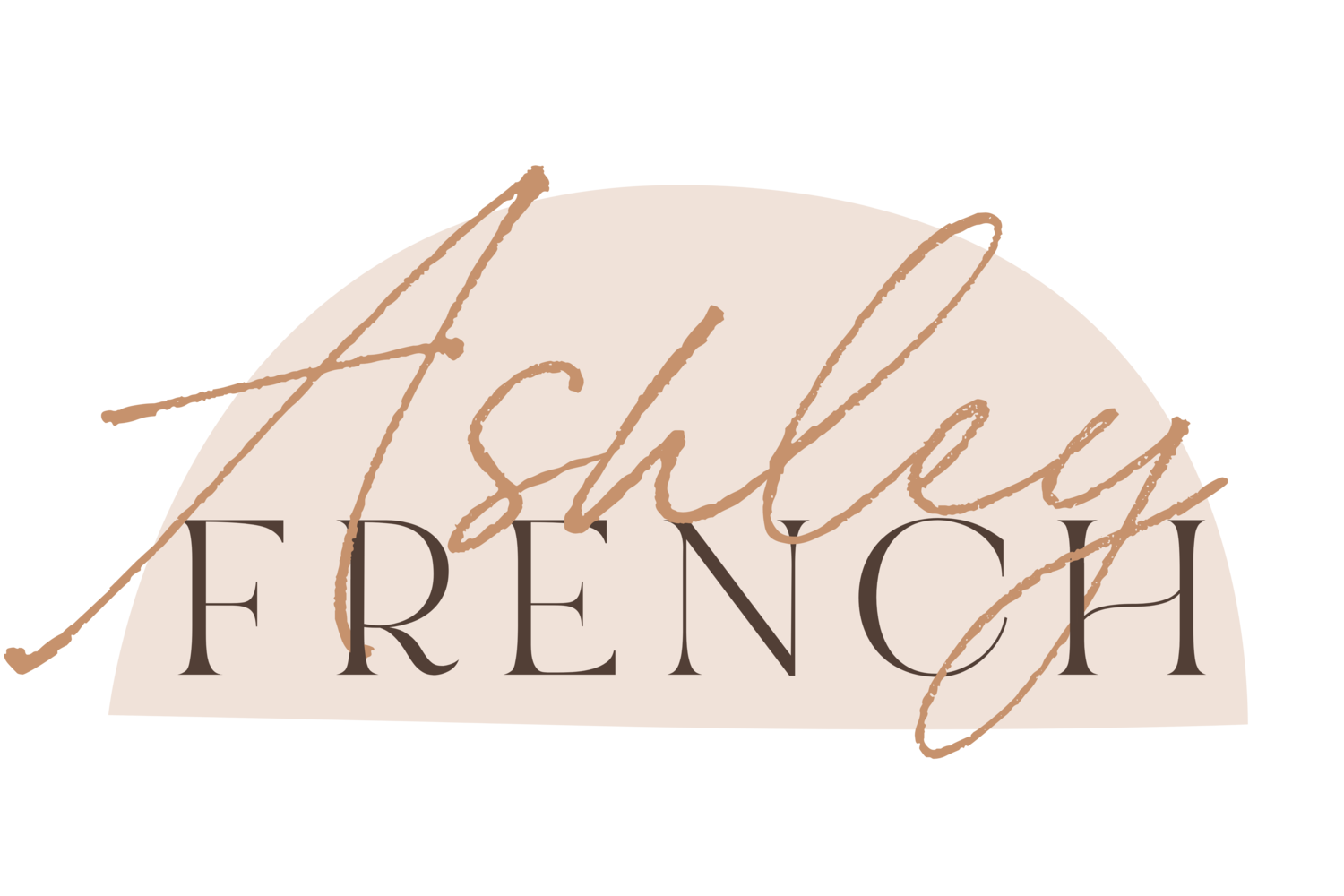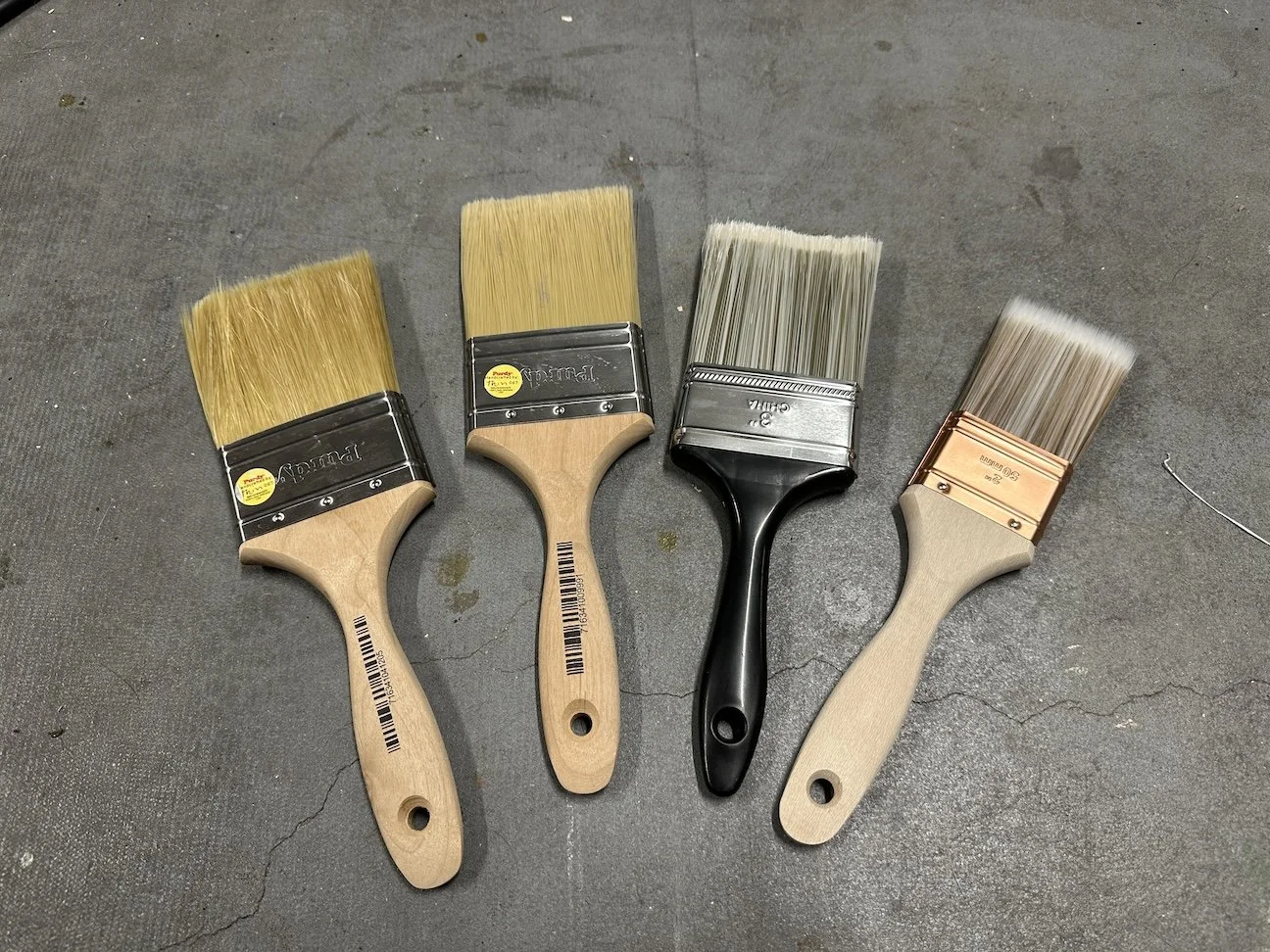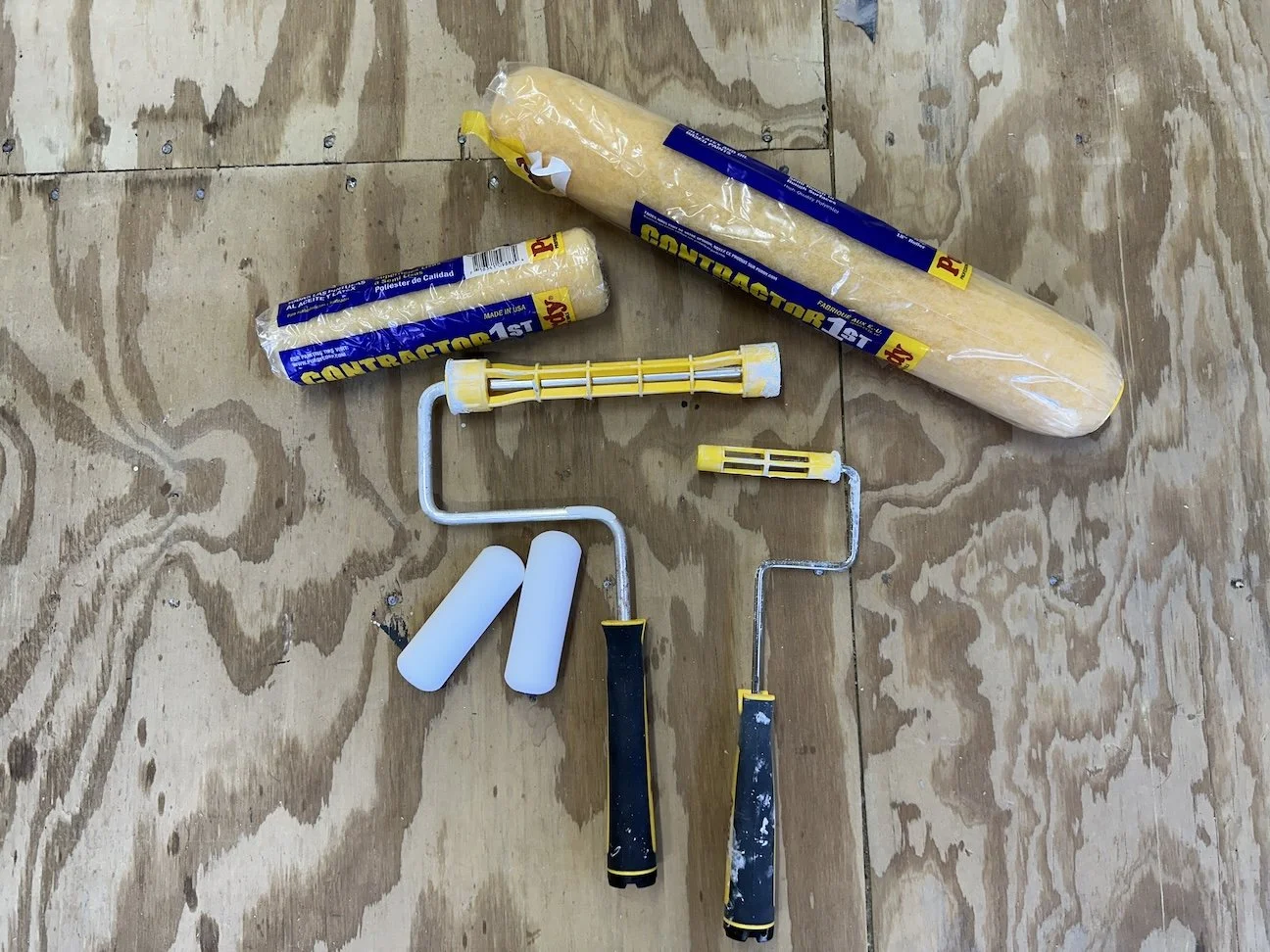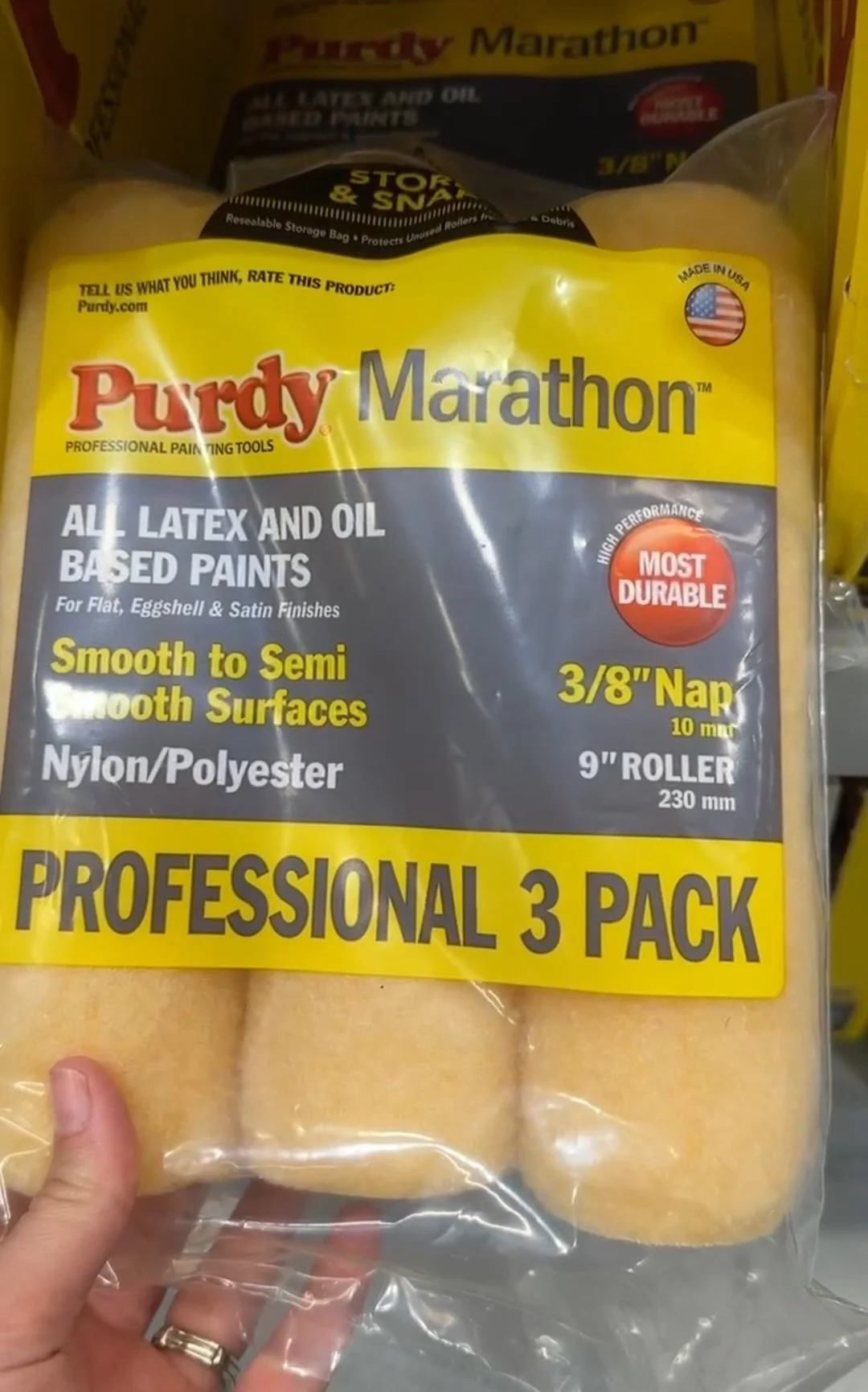Choosing the Right Tools for Your Paint Project
Embarking on a painting project is an exciting way to transform your space, but it's not just about selecting the perfect paint color. Equally important is choosing the right paint brushes and paint rollers to ensure a smooth and professional finish. With a multitude of options available, it's crucial to understand which brushes and rollers are best suited for your specific paint project. In this guide, I’ll help you navigate the brush and roller aisle and make informed decisions that will have your walls looking flawless.
Understanding Paint Brushes
Paint brushes come in various shapes, sizes, and materials, each designed for specific painting tasks. Here's a breakdown of the key factors to consider when choosing the right paint brush:
Bristle Material:
Natural Bristles: These brushes are made from animal hair, typically hog or boar bristles. They are best suited for oil-based paints, varnishes, and stains. Natural bristle brushes provide a smooth finish and are highly absorbent, making them perfect for achieving a professional look.
Synthetic Bristles: Synthetic brushes are made from nylon or polyester. They are excellent for water-based paints, latex paints, and acrylics. Synthetic brushes are durable, maintain their shape, and are easy to clean, making them versatile and long-lasting.
Brush Shape:
Flat Brushes: These are versatile brushes with a straight edge, perfect for large, flat surfaces like walls and ceilings. They come in various sizes, with wider brushes covering more area quickly.
Angled Brushes: Angled brushes have slanted bristle tips, making them ideal for cutting in along corners, edges, and trim. They provide precision and control when painting near obstacles.
Round Brushes: Round brushes are great for intricate detailing and curves. They work well for painting furniture, trim, and smaller areas.
Brush Size:
The size of the brush you choose depends on the surface area you're painting. For larger areas, opt for larger brushes to cover more ground quickly. Smaller brushes are suitable for fine details and trim work.
Understanding Paint Rollers
Paint rollers are excellent for covering large, flat surfaces efficiently. Choosing the right roller involves considering the roller cover material, nap length, and roller frame. Here's what you need to know:
Roller Cover Material:
Polyester: Polyester roller covers are versatile and suitable for both latex and oil-based paints. They hold paint well, providing even coverage and a smooth finish.
Nylon: Nylon roller covers are durable and ideal for latex paints. They're easy to clean and maintain their shape, making them a popular choice.
Microfiber: Microfiber roller covers are excellent for smooth surfaces like drywall. They produce minimal lint and provide an ultra-smooth finish.
Nap Length:
The nap length of a roller cover refers to the thickness of the fibers. Choose the nap length based on the texture of the surface you're painting:
Short Nap (1/4-inch to 3/8-inch): Use short nap rollers for smooth surfaces like walls and ceilings.
Medium Nap (1/2-inch to 3/4-inch): Medium nap rollers work well for surfaces with some texture, such as lightly textured drywall.
Long Nap (1-inch and up): Long nap rollers are suitable for heavily textured surfaces like stucco or rough plaster walls.
Matching Brushes and Rollers to Projects
Now that you have a good understanding of the brush and roller options, let's explore how to match them to specific paint projects:
Interior Walls and Ceilings:
Brush: For cutting in along edges, corners, and trim, use an angled brush. For the main surface, choose a flat brush or a roller with a medium nap cover.
Roller Cover: Medium nap (1/2-inch to 3/4-inch) roller cover for walls; longer nap (1-inch or more) for textured ceilings.
Trim and Woodwork:
Brush: An angled brush is essential for precision. I also recommend a soft bristle brush for a smooth finish. For fine details, consider a round brush.
Roller Cover: Not typically used for trim and woodwork; use a brush for better control.
Furniture Painting:
Brush: Round brushes work well for detailed work, while flat brushes are suitable for larger surface areas. I prefer to us a soft bristle brush to prevent leaving behind any brush strokes in your paint.
Roller Cover: I prefer a firm foam roller when painting furniture.
Exterior Painting (Siding and Trim):
Brush: For cutting in and trim work, choose an angled brush. Use a flat brush for larger siding areas. I also recommend using stiff bristled brushes for painting exteriors.
Roller Cover: Medium to long nap roller cover for siding; a brush is more suitable for trim.
Textured Surfaces (Stucco, Textured Ceilings):
Brush: An angled brush for cutting in and trim work and make sure it is a stiff bristle brush.
Roller Cover: Long nap (1-inch or more) roller cover for textured surfaces.
Remember, the quality of your paint tools can significantly impact the outcome of your project. Invest in high-quality brushes and rollers, as they tend to last longer, provide better results, and are easier to clean and maintain. It is no secret that I really like the Purdy brand for my painting supplies. Their brushes last me forever and I am able to eaisly wash out my paints after each use using their brush cleaning tool. I also really like how their packaging explains and recommends how each product should be used.
In conclusion, selecting the right paint brushes and rollers requires careful consideration of bristle materials, shape, size, roller cover materials, nap length, and frame. By matching the tools to your specific project, you'll achieve a professional finish that enhances the beauty of your home. Happy painting!








HEY THERE, I’M ASHLEY!
Here to inspire beginner DIYers!